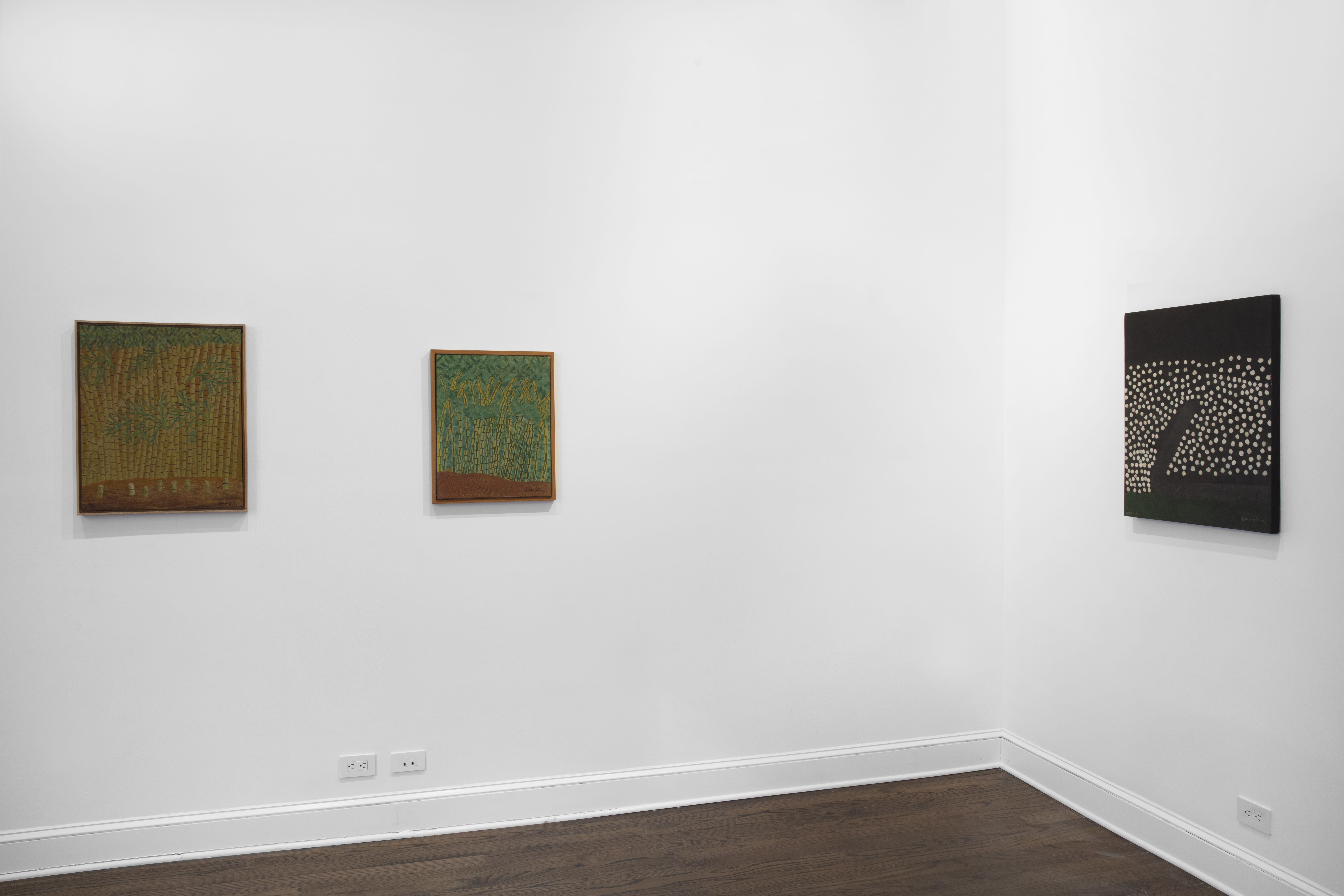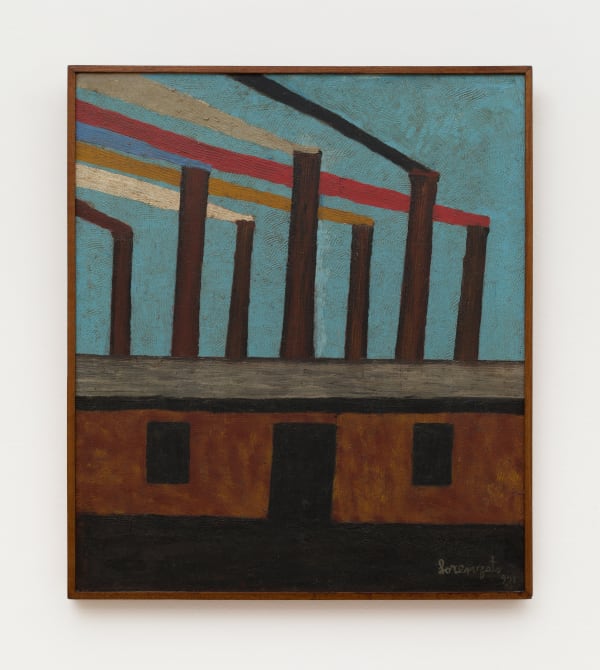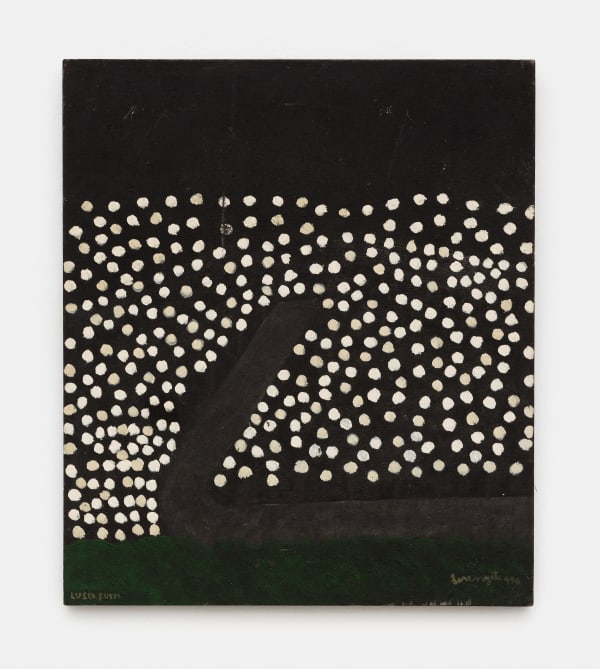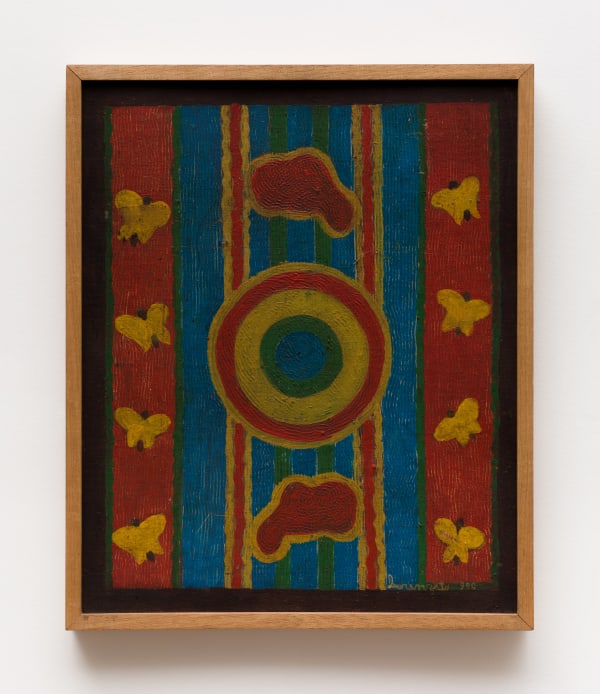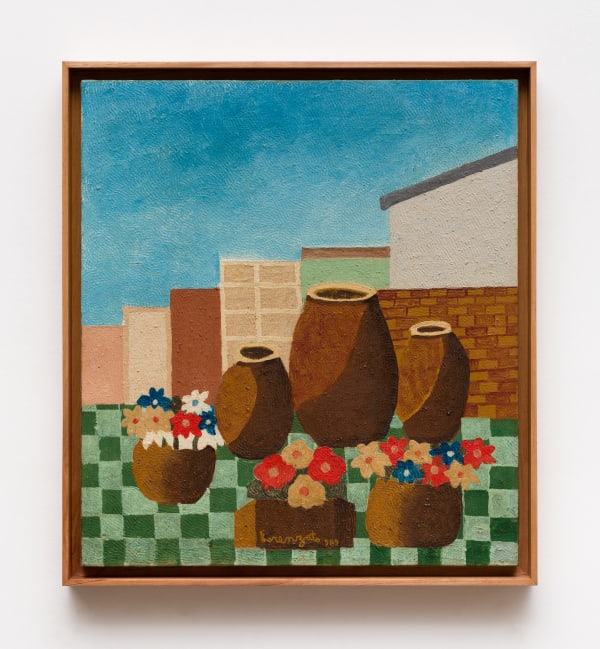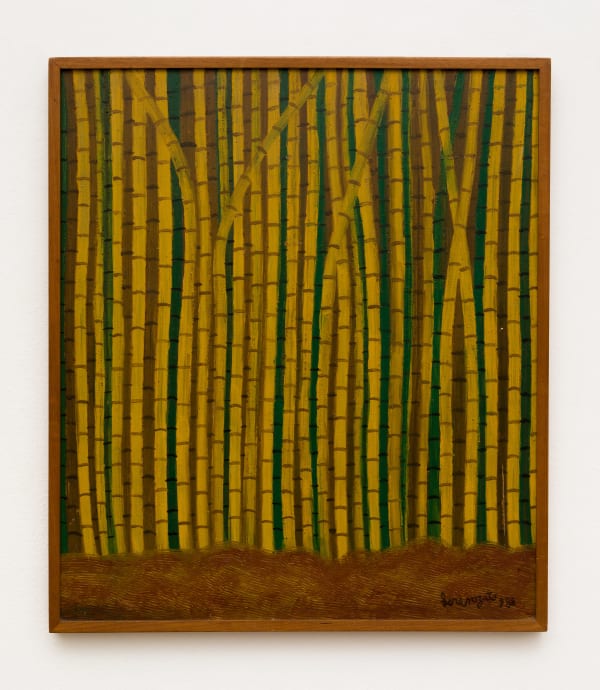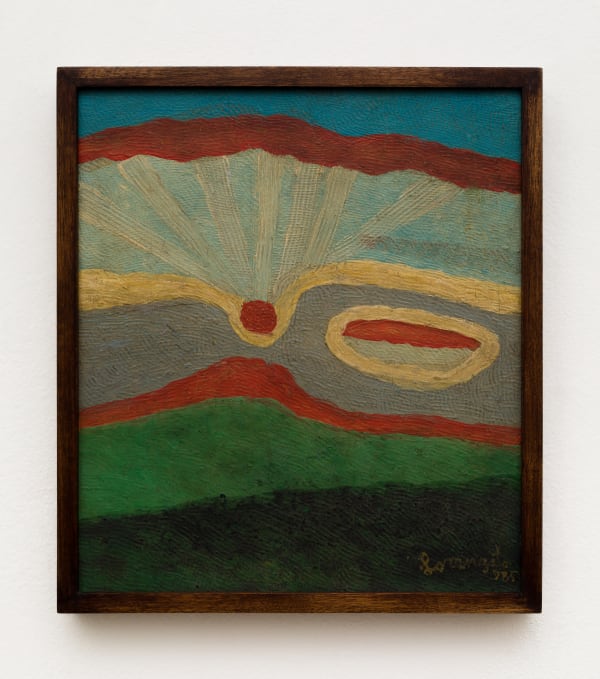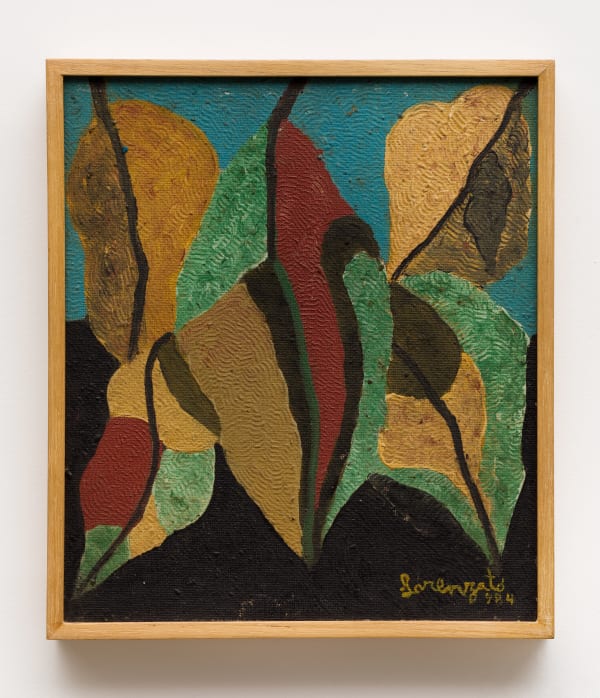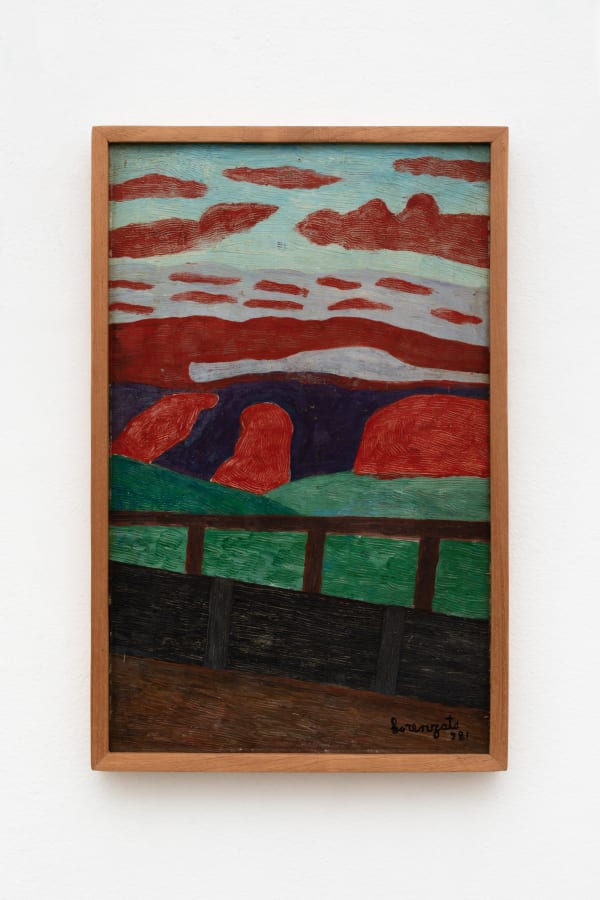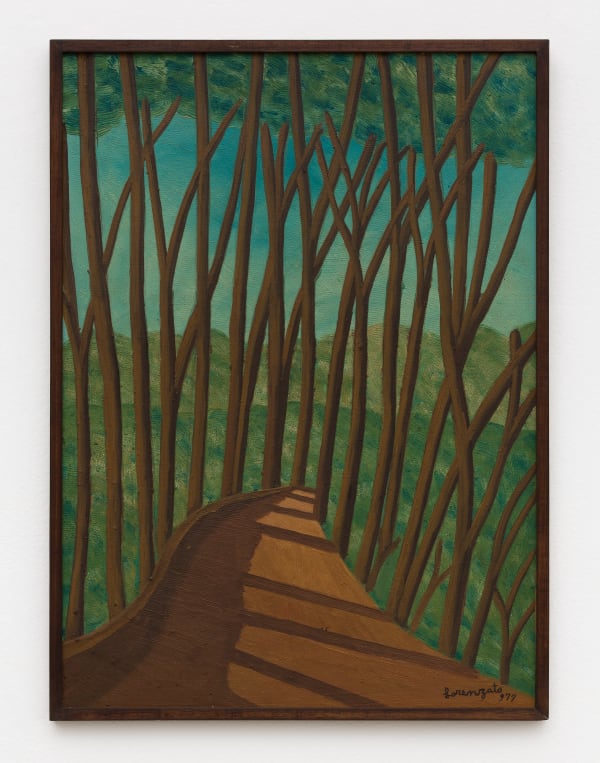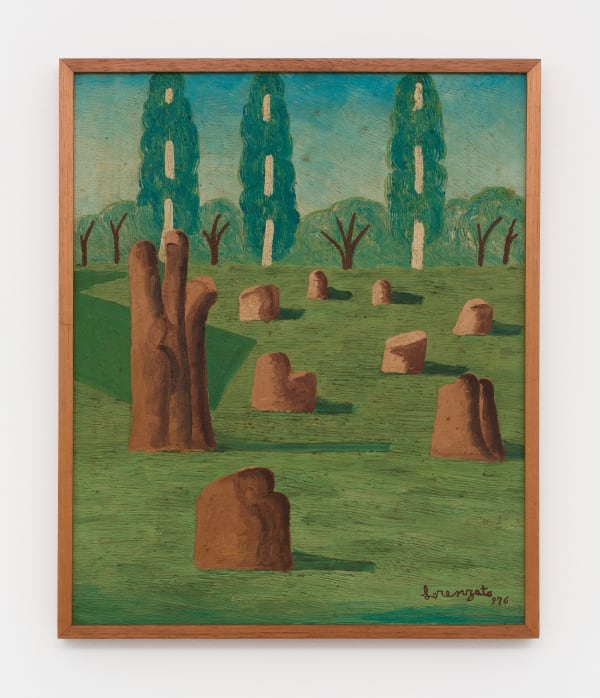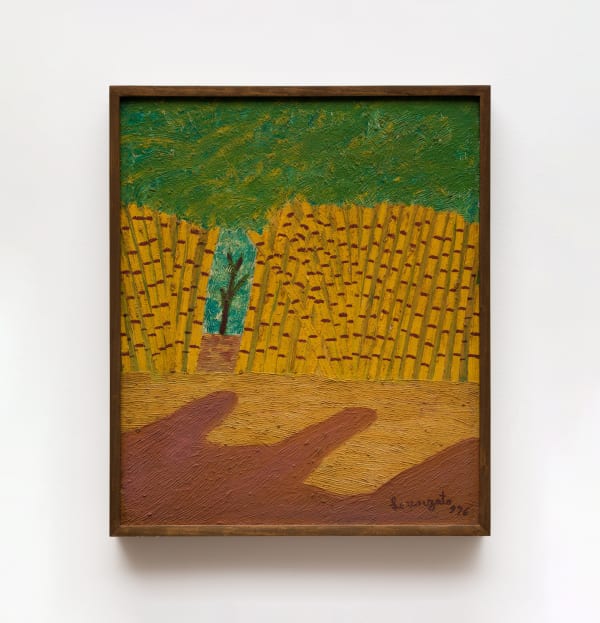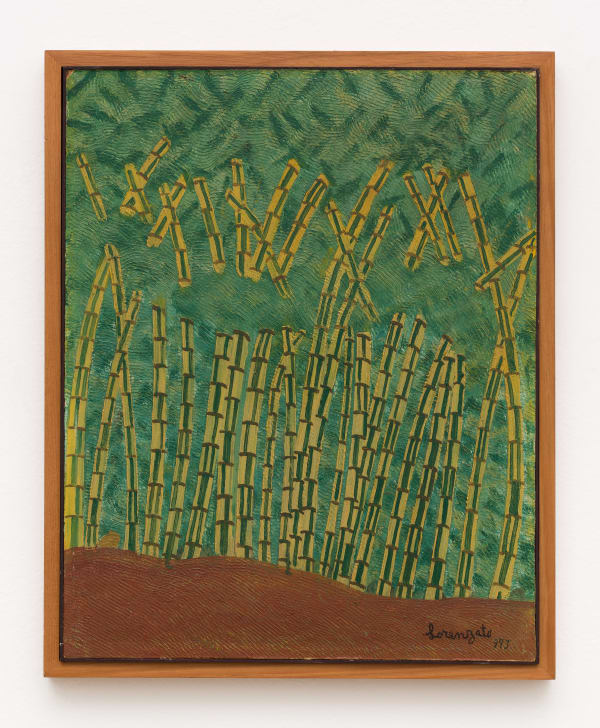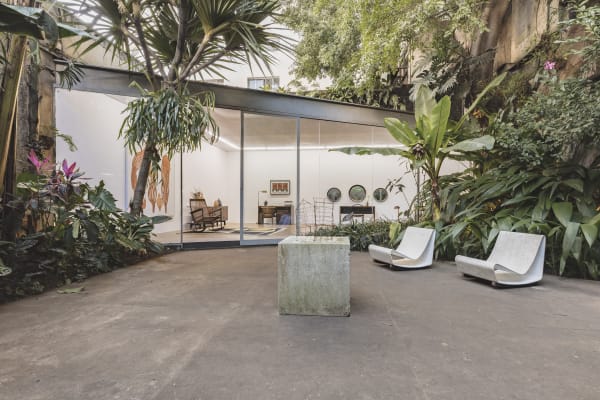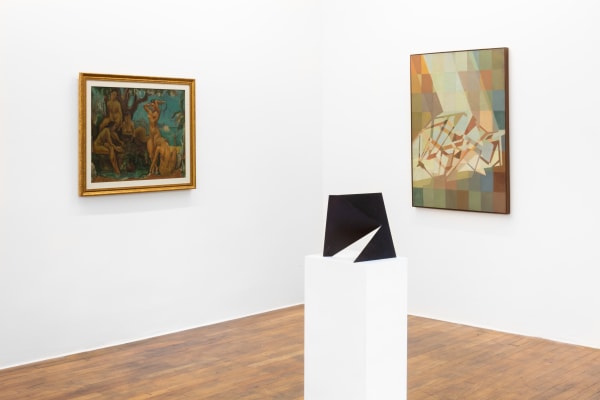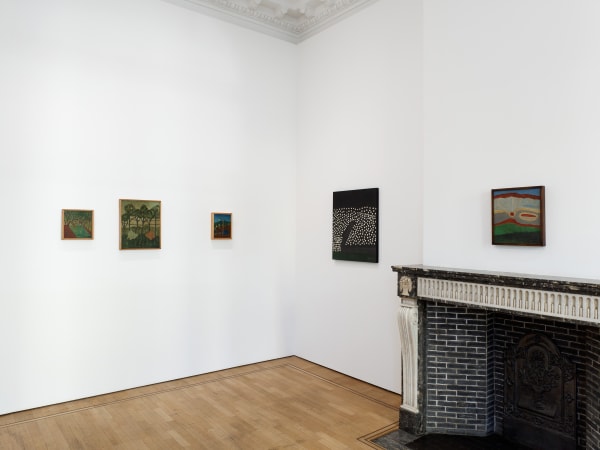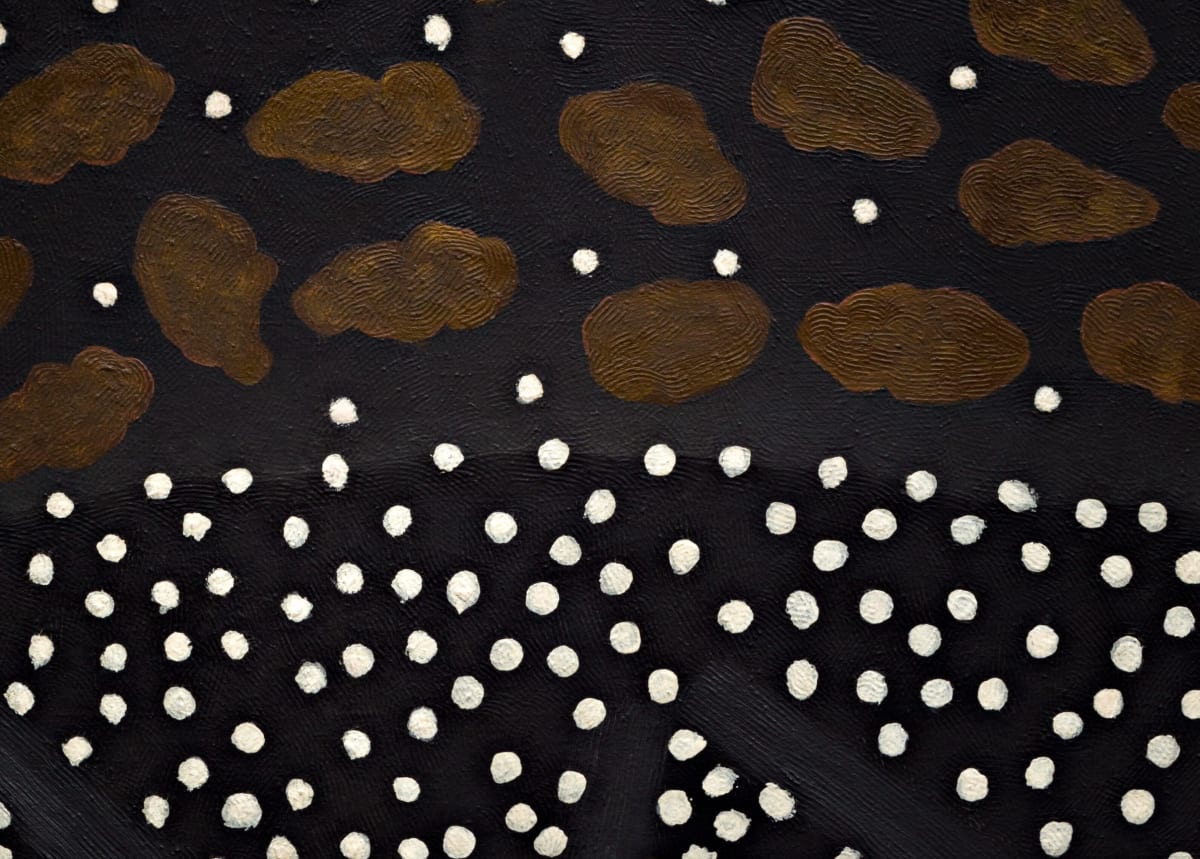Well, I don’t know exactly what style it is. It’s painting [...] some say it’s primitive, others say it’s naïve or surrealist... don’t know... I just paint.
– Amadeo Luciano Lorenzato
-
 Amadeo Luciano Lorenzato
Amadeo Luciano Lorenzato -
 Amadeo Luciano Lorenzato
Amadeo Luciano Lorenzato -
 Amadeo Luciano Lorenzato
Amadeo Luciano Lorenzato -
 Amadeo Luciano Lorenzato
Amadeo Luciano Lorenzato -
 Amadeo Luciano Lorenzato
Amadeo Luciano Lorenzato -
 Amadeo Luciano Lorenzato
Amadeo Luciano Lorenzato -
 Amadeo Luciano Lorenzato
Amadeo Luciano Lorenzato -
 Amadeo Luciano Lorenzato
Amadeo Luciano Lorenzato -
 Amadeo Luciano Lorenzato
Amadeo Luciano Lorenzato -
 Amadeo Luciano Lorenzato
Amadeo Luciano Lorenzato -
 Amadeo Luciano Lorenzato
Amadeo Luciano Lorenzato -
 Amadeo Luciano Lorenzato
Amadeo Luciano Lorenzato -
 Amadeo Luciano Lorenzato
Amadeo Luciano Lorenzato -
 Amadeo Luciano Lorenzato
Amadeo Luciano Lorenzato -
 Amadeo Luciano Lorenzato
Amadeo Luciano Lorenzato -
 Amadeo Luciano Lorenzato
Amadeo Luciano Lorenzato -
 Amadeo Luciano Lorenzato
Amadeo Luciano Lorenzato -
 Amadeo Luciano Lorenzato
Amadeo Luciano Lorenzato -
 Amadeo Luciano Lorenzato
Amadeo Luciano Lorenzato -
 Amadeo Luciano Lorenzato
Amadeo Luciano Lorenzato -
 Amadeo Luciano Lorenzato
Amadeo Luciano Lorenzato -
 Amadeo Luciano Lorenzato
Amadeo Luciano Lorenzato -
 Amadeo Luciano Lorenzato
Amadeo Luciano Lorenzato -
 Amadeo Luciano Lorenzato
Amadeo Luciano Lorenzato -
 Amadeo Luciano Lorenzato
Amadeo Luciano Lorenzato -
 Amadeo Luciano Lorenzato
Amadeo Luciano Lorenzato -
 Amadeo Luciano Lorenzato
Amadeo Luciano Lorenzato -
 Amadeo Luciano Lorenzato
Amadeo Luciano Lorenzato -
 Amadeo Luciano Lorenzato
Amadeo Luciano Lorenzato -
 Amadeo Luciano Lorenzato
Amadeo Luciano Lorenzato -
 Amadeo Luciano Lorenzato
Amadeo Luciano Lorenzato -
 Amadeo Luciano Lorenzato
Amadeo Luciano Lorenzato -
 Amadeo Luciano Lorenzato
Amadeo Luciano Lorenzato -
 Amadeo Luciano Lorenzato
Amadeo Luciano Lorenzato -
 Amadeo Luciano Lorenzato
Amadeo Luciano Lorenzato -
 Amadeo Luciano Lorenzato
Amadeo Luciano Lorenzato -
 Amadeo Luciano Lorenzato
Amadeo Luciano Lorenzato -
 Amadeo Luciano Lorenzato
Amadeo Luciano Lorenzato -
 Amadeo Luciano Lorenzato
Amadeo Luciano Lorenzato
-

Lorenzato
Maria Angelica Melendi, 2011Hardcover, 192 pagesRead more
Publisher: C/Arte
ISBN: 9788576540823
Dimensions: 28 x 30 cm -
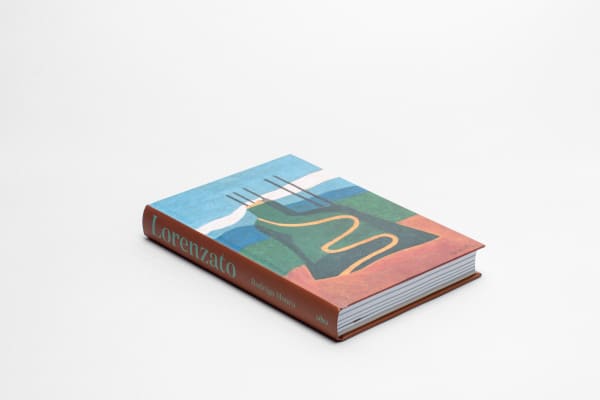
Vida e obra do artista mineiro Amadeo Lorenzato
Amadeo Luciano Lorenzato Rodrigo Moura, 2022Hardcover, 320 pagesRead more
Publisher: Ubu Editora
ISBN: 857126032X
Dimensions: 17.5 x 2.8 x 25 cm -
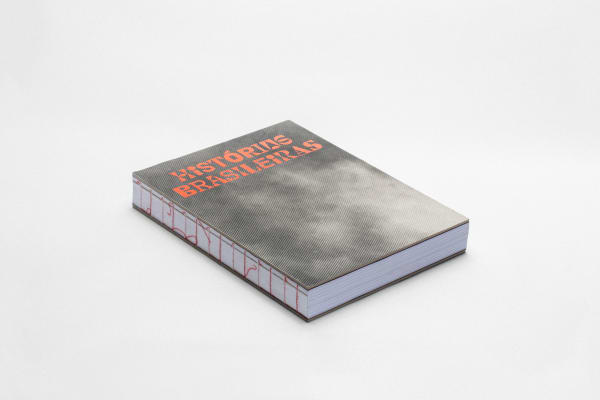
Histórias brasileiras
MASP, 2022Hardcover, 404 pagesRead more
Publisher: MASP
Dimensions: 20,5 x 27,5 cm -
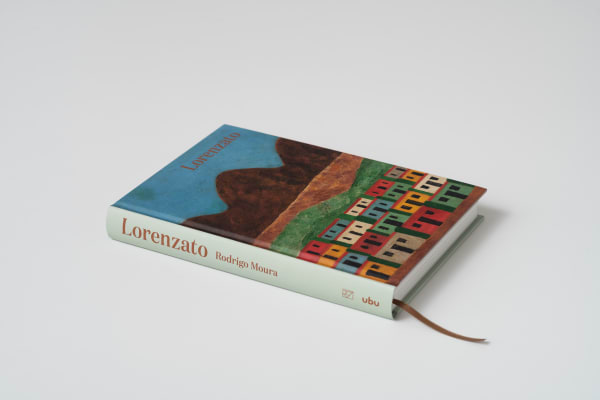
Lorenzato
Rodrigo Moura, 2024Hardcover, 248 pagesRead more
Publisher: KMEC Books/UBU Editora
ISBN: 9781736840856
Dimensions: 7 x 1.25 x 9.75 in
Sign up to our newsletter to receive the latest updates about Amadeo Luciano Lorenzato and the gallery
* denotes required fields
We will process the personal data you have supplied to communicate with you in accordance with our Privacy Policy. You can unsubscribe or change your preferences at any time by clicking the link in our emails.
